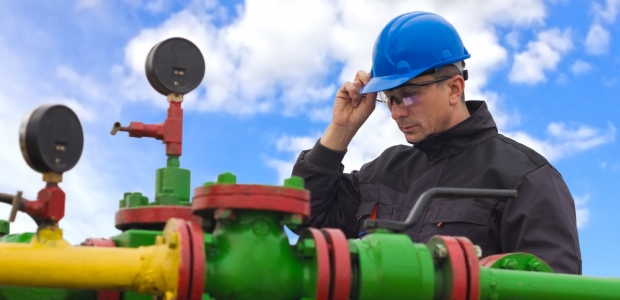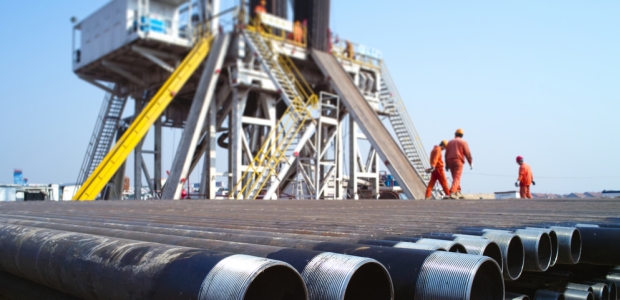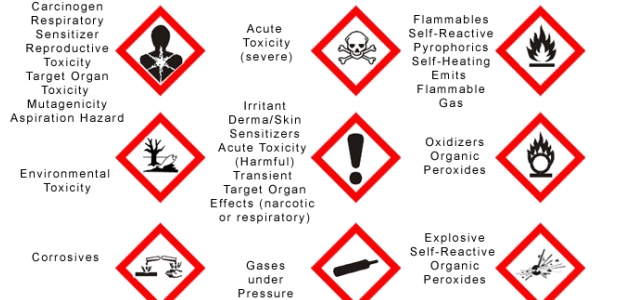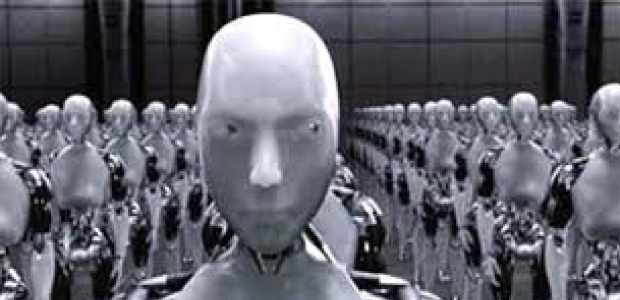
OSHA- and ASTM-compliant footwear prevents workplace injuries.

The Society for Incentive Travel Excellence's SITE Index 2017 sheds light on incentive users' tracking of return on investment (ROI)—or their lack of tracking.

Employers and workers need to pay special attention to minimum recommended safety requirements of approved standards and safe working procedures.

Those writing fall protection plans must understand the hazards of harness hang syndrome in fall protection.

The Zika virus was a concern throughout 2016, and November voting showed a clear trend toward broad legalization of marijuana in the United States.

The benefits of leveraging data for on-site workers' protection, as well as a company's operations, must be realized.

The best time to prepare a facility's immediate and effective response to hazardous chemical exposure is before it ever happens.

Without mass notification systems, the silence can be deafening and fatal.

Remote operated cameras aid in mitigating risk in construction work.

Employees are to be trained when they are initially assigned to work with a hazardous chemical. Additional training is to be done whenever a new health or physical hazard is introduced into the work area.

"Safety is the greatest gift you can give, not only to your family but to those who share the roads with you," said NSC President and CEO Deborah Hersman. "Paying attention, slowing down, and driving sober can ensure you and your fellow travelers make it home for the holidays."
It can be challenging for workers seeking disability benefits from an employer-sponsored plan to understand the process and why their claim is approved or denied, according to DOL's rationale for the rule.
The Australian Automobile Association's report identifies the 10 worst sections of highway comprising the National Land Transport Network.

GHS was introduced in Australia in January 2012 with a five-year transition period to give chemical manufacturers and importers enough time to implement the necessary changes. It applies to chemicals with physical hazards, health hazards, and environmental hazards.

Significant education and training investments will be needed as artificial intelligence changes the nature of the work and skills demanded by the U.S. labor market, it says.